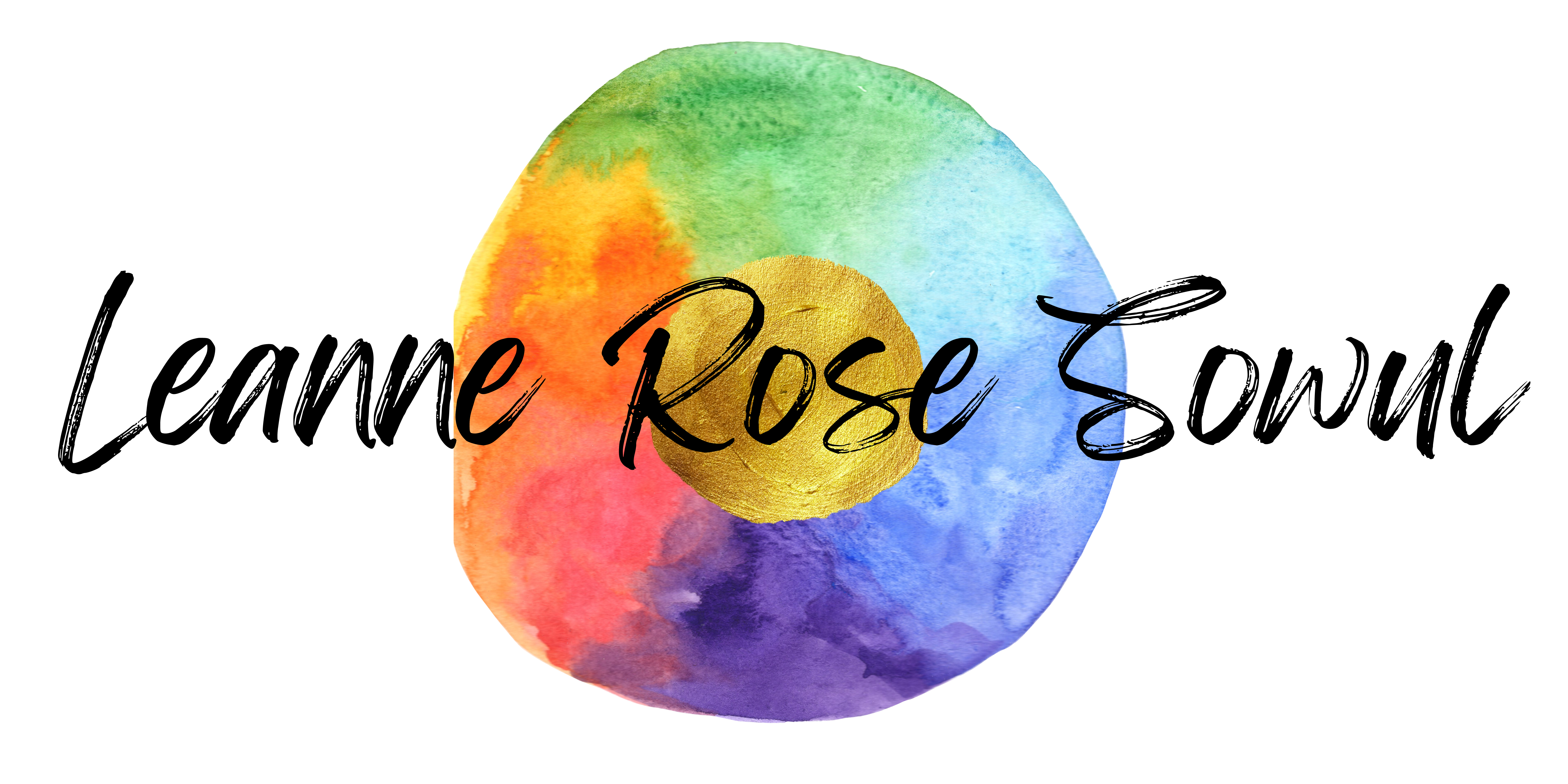In my very first fiction writing class, my teacher mentioned an author he knew who would write an entire first draft of a novel, then erase it- literally delete it from his computer– and start his re-write from scratch. My fellow students and I were appalled. I couldn’t imagine doing all that work and then using nothing but the memory of it for a second draft. What a waste, I thought. I would never do that.
But five years and two novels later, I get it. I understand why a writer would want to literally re-write an entire novel. I understand, because that’s what I’m doing right now.
I’ve been working on my first novel, currently titled Waist: A Tale of the Triangle Fire for about four years now. After many months of research and character development, I decided I wanted to write it in four first-person points of view. (I love multiple perspectives; see this guest post I wrote for DIY MFA.) In late August of 2011, I started my first draft. I wrote about a third of the book before I became pregnant in December, and that halted my progress for awhile (it’s hard to find creativity when you’re sick and miserable, as I was for most of the pregnancy). I picked it up again in August of 2012 just before my son was born, kept going through my son’s first few months of life and wrote the last word in December 2012. At the time, I thought the hard work was done: getting the characters, the plot, the history down on paper. I had no idea how much more and harder work was ahead of me.
It took another full year to get from that first draft to a seventh, “final” draft. In that year, I coerced friends and family into reading and commenting for me; I worked with a professional editor; I even arranged for two best-selling authors to review the manuscript. I made changes, big and small, to my original manuscript. By December 2013, I was happy with the novel and ready to submit it to agents.
I began querying, slowly at first, then picking up speed. Every two weeks, I’d comb through Writer’s Market and websites like AgentQuery.com to find agents who were interested in historical fiction. I read book after book about publishing, and gave my query letter more drafts than the actual manuscript. I began to get a nibble here and there: some interest, some comments, but nothing concrete. Then, last summer, I got several big bites. An agent I cold-queried asked for the first 50 pages, then the first 100, and finally the full manuscript. At the Writer’s Digest Pitch Slam, I got 5 requests for full manuscripts. I sent the manuscript to all the agents, waited and hoped. I wrote the first draft of a YA novel in the meantime.
I’ve learned that it can take a long time for an agent to get back to you, but if she says she’s going to read the manuscript, she will. You can send a friendly reminder email after a month or six weeks, but for the most part, you just have to be patient. I heard back from all of the interested agents in some fashion or another by mid-December. A few rejected the manuscript outright (I got the impression they hadn’t read very far, but that’s fair- if the opening didn’t catch them, that’s on me). Two agents sent me lovely detailed lists of what worked for them and what didn’t, and seemed open to hearing from me again, though they didn’t formally request a re-written manuscript. And finally, the last agent came through with a real “revise and resubmit” request, asking to look at the manuscript again if I chose to make the changes she suggested. This sort of request is a coup d’etat for any first-time novelist searching for representation. According to a statistic I found, only about 5% of queries get to this stage.
With all of that feedback in my lap, I reevaluated my manuscript. The critiques of all the agents were similar, and all rang true to me. One of the biggest issues was the complicated matter of the four first-person voices. It’s hard enough to make one voice work; I was trying to make four sound completely distinct from one another, and I had to be honest with myself that it wasn’t succeeding. I knew there was only one thing I could do that would fix the problem: I needed to re-write the entire book in the third person point of view.
To be continued in the following post….
Hey, writers! Do you have a writing or publishing story to share? Email me at leannesowul(at)gmail(dot)com for a possible guest post!

Wow! From my point of view, you’ve gotten a lot done in 4 years. I admire you for jumping back in and doing a whole re-write. That takes serious guts and commitment.
Thanks Diana! It just needs to be written, you know? At least, that’s how I feel about it.